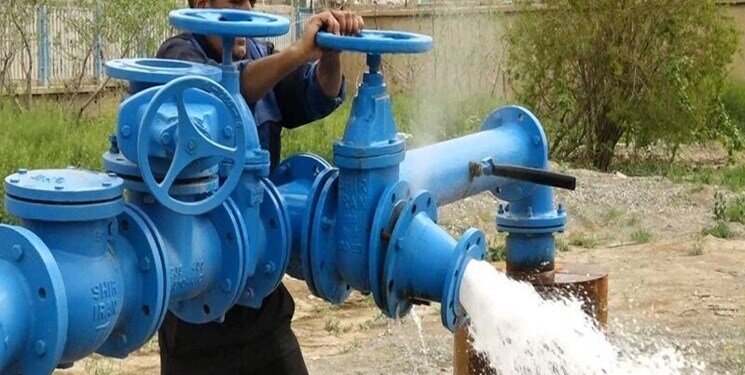

TEHRAN- Drinking water has been supplied to 805 villages across Iran since the beginning of the current Iranian calendar year (March 20), the secretary of the national task force for water, wastewater information dissemination has announced.
Ali Seyedzadeh said that drinking water has been supplied for over 553,000 persons in these villages.
He said the targeted figure for this year is to supply drinking water to 1,638 villages with a total population of 979,000 persons.
Drinking water is supplied to 30 villages every week on average in the framework of the Energy Ministry’s A-B-Iran program.
Since the beginning of the first phase of the A-B-Iran scheme [the acronyms A and B stand for water, electricity in Persian] in the previous Iranian calendar year, every week several energy projects have been inaugurated across the country.
Villages are often mentioned as some keys to the development of countries, and the allocation of a proper amount of budget to rural development always brings fruitful economic results.
In Iran, where villages account for generating 20-23 percent of the value-added in the country, the development of rural areas has been always a top agenda of the governments’ activities.
The sustainable economic, social, and cultural development of the villages is one of the major priorities of the current government, and many projects implemented and underway in this regard have led to outstanding development in the rural regions.
It is while the sanctions have created many limitations and difficulties for the Iranian economy in recent years.
One of the sectors with noticeable achievements in this field is gas supplying, while the number of villages supplied with natural gas has doubled during the past seven years since the current government started its activity.
Based on the statistics, 18,000 villages (each week 50 villages on average) have been connected to the national gas network over the past seven years, and now about 4.8 million families in 32,000 villages enjoy natural gas in the country. It means that 82 percent of the villages are connected to the gas network.
The current government has paid 290 trillion rials (about $6.904 billion) for supplying gas to the rural areas.
It should be noted that supplying gas to the villages has been a big help for the development of infrastructures, the establishment of complementary industries, and job creation in these areas.
While rural development has been always attached priority among the government’s projects, launching and inaugurating gas-supply projects in the rural areas has been expedited since the beginning of the sixth month of the current Iranian calendar year (August 22).
Of course, the development of the South Pars giant gas field, which Iran shares with Qatar in the Persian Gulf, has played a significant role in supplying gas to the villages.
The supply of drinking water to the villages has been also expedited by the current government, especially since the last Iranian calendar year (March 2019-March 2020).
Under the framework of a program titled A-B-Iran, the Energy Ministry has inaugurated many projects to supply drinking water to the rural areas.
A-B-Iran program (the acronyms A and B stand for water and electricity in Persian) was initiated in the previous Iranian year, during which the energy minister made 31 trips to various provinces for inaugurating over 220 major projects with a total investment of 335.6 trillion rials (about $7.99 billion).
This program has supplied drinking water to 1.7 million people in rural areas.
The government has also initiated a plan for constructing and renovating roads in the rural areas, through which 3,000 kilometers of roads have been built, and 4,000 kilometers have been renovated in the villages with over 20 families in the past two years.
As planned, 2,500 kilometers of roads will be built or renovated in the mentioned areas by the end of the current Iranian year (March 20, 2021).
All such programs and projects are hoped to bring sustainable development to the country’s villages and lead to boosting production, which is now seriously pursued in the country.
MA/MA
 RSS Feed
RSS Feed















 November 29th, 2020
November 29th, 2020  Awake Goy
Awake Goy  Posted in
Posted in  Tags:
Tags: 













